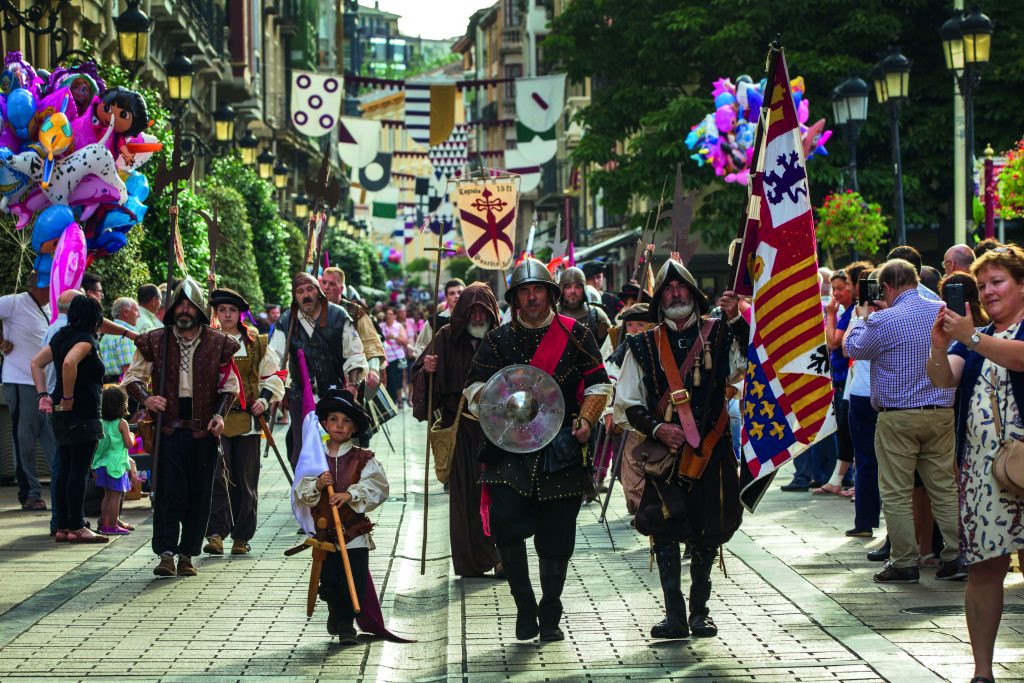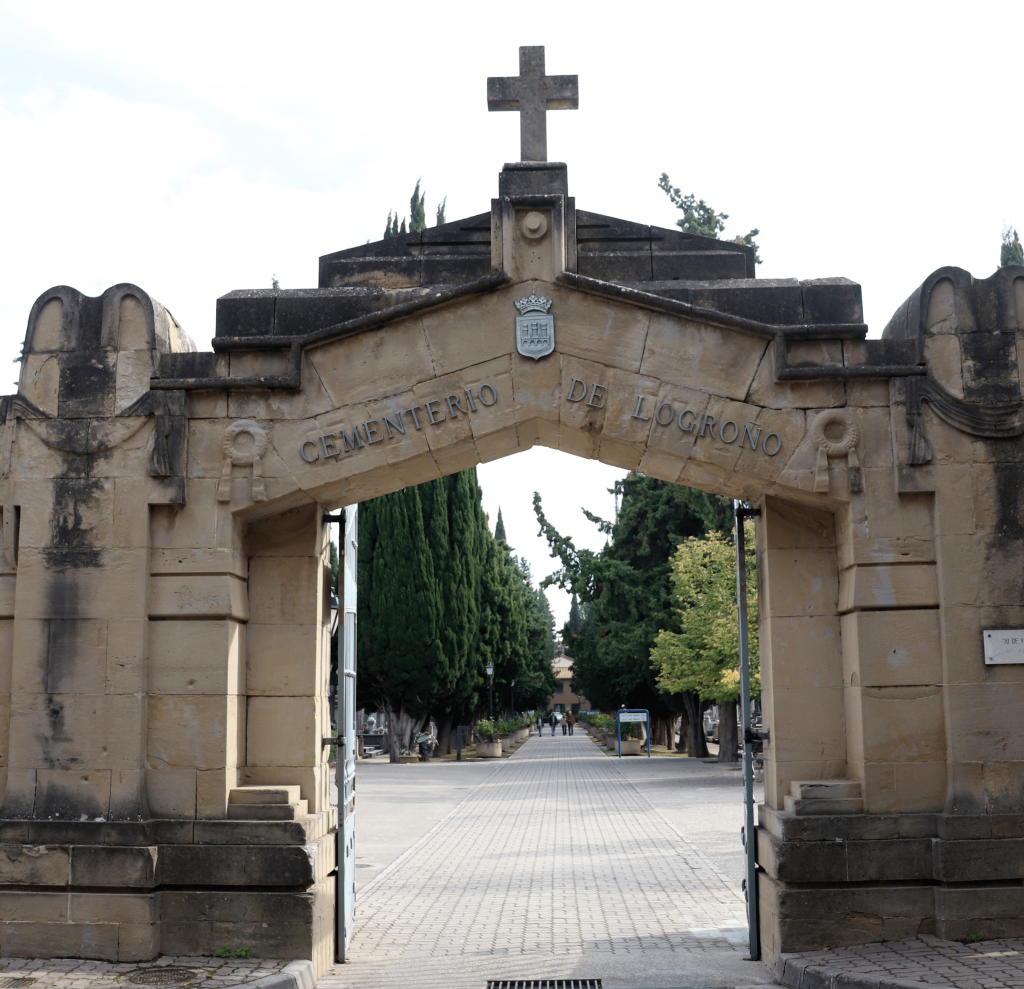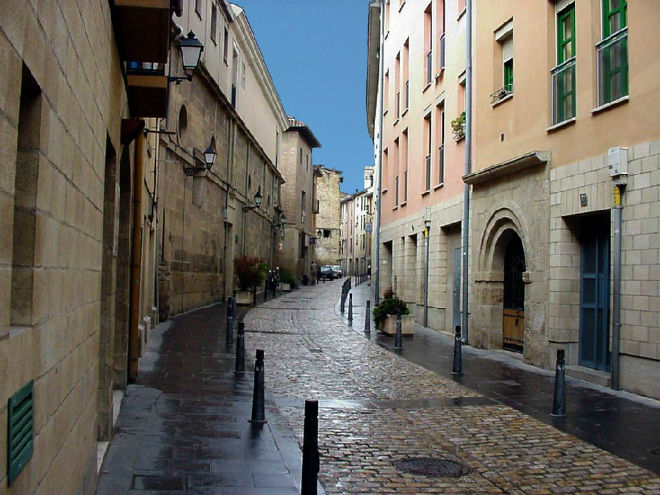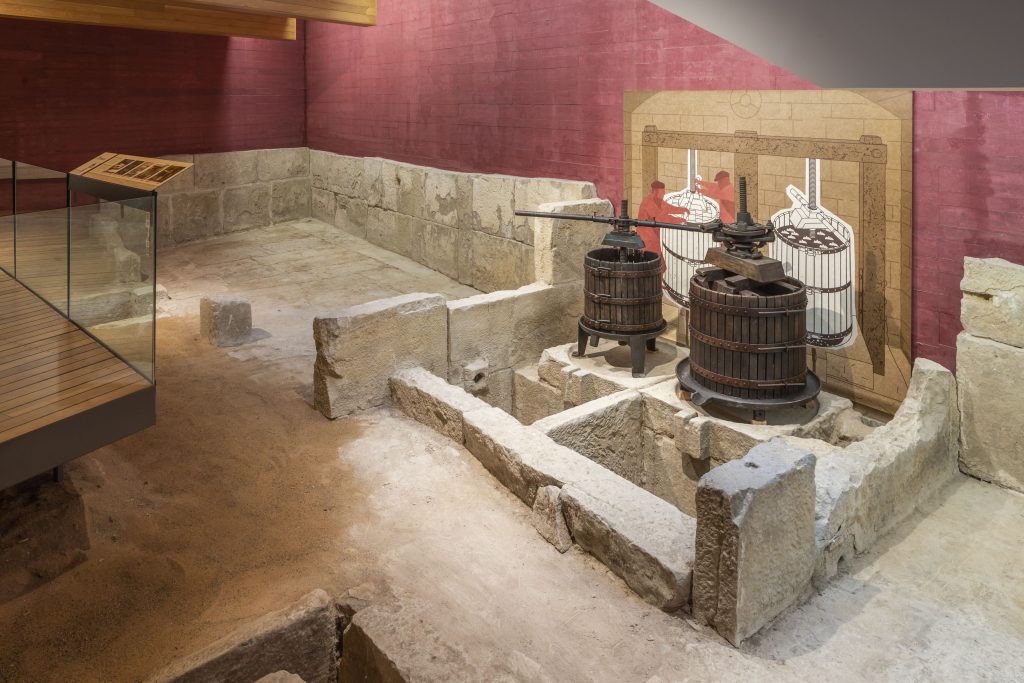The flagship dish of Riojan cuisine, able to thrill the best chefs in the world, has its origins in the daring idea of the first European who wanted to popularise the consumption of tubers on the old continent.
“But if you have this, what do you need be for?” Paul Bocuse couldn’t understand anything. He had travelled hundreds of miles to offer a haute cuisine menu and he had just realised that not even the most elaborate of his dishes would be able to beat the taste of the humble potatoes with chorizo sausage in front of him.
It was 1979 and on that day, in a bodega in Haro, the best chef in France –perhaps in the world– fell in love with Riojan gastronomy. Many people come to Logroño attracted by its wine and very few leave without also being fascinated by its cuisine.
Rioja-style potatoes, the simple delicacy that Bocuse fell in love with, are a good example to understand the basic lines that most Rioja recipes follow, characterised by their commitment to tradition, an infallible ally when you want to be sure you will eat well.
This is the case of Rioja-style cod, fritada and caparrones coloraos. Traditions, however, have not existed since the dawn of time. They all have an origin, a starting point, a story and today we would like to tell you the one about this dish.
It all began in pre-Revolutionary France, a hungry and unequal country in need of desperate solutions. This was the view of Antoine Parmentier, an agronomist, naturalist and chemist who had just been released from Prussian prison where he had been incarcerated during the bloody Seven Years’ War, in which he had served on behalf of his country, an enemy of Frederick the Great’s Prussia.
While behind bars, Antoine had, on more than one occasion, been forced to eat potatoes, a food that, until then, had been almost exclusively dedicated to feed livestock, only being eaten by humans in cases of extreme necessity.
“If there is no bread, potatoes are good,” thought Parmentier, who, once released from captivity, devoted himself to promoting the consumption of potatoes among the people. The idea caught the attention of the young King Louis XVI, who put all the state mechanisms at his disposal to achieve this aim.
A hungry people is always a danger to its monarch, as the events of 1789 would prove. But the definitive success of the potato in Europe, where it had arrived in 1560, had to do with an interesting trick that Parmentier came up with: placing watchmen in the potato fields.
The presence of uniformed men, who had been instructed not to do anything in case someone came in to steal potatoes, boosted the interest in the product.
If they had paid someone to watch them, they had to be good. And although Parmentier’s main sponsor ended up on the guillotine, potatoes continued to be eaten in revolutionary France and in Napoleonic France, when, at the pace of the imperial troops, they reached La Rioja.
As the tuber became popular in Spain, the day labourers in La Rioja began to mix it with chorizo sausage to make a high-calorie dish that would enable them to better withstand the harsh winters working in the fields.
Little could they have imagined that, more out of practicality than gourmand zeal, they had just invented one of the pillars of Spanish regional cuisine. Gradually, the recipe would become established, moving from home cooking to restaurants, large and small, cheap and expensive, with Michelin stars or with no other stars than those that can be seen on clear summer nights.
Time has passed and, although Joan Perucho and Néstor Luján proposed a recipe in their Libro de la cocina española (Spanish Cooking Book) that included grated cheese in the stew, Rioja-style potatoes are still made with potatoes, chorizo, onion, pepper, a little garlic and, if you like, a bay leaf to top it all off.
The centre of Logroño continues to be the best place to taste this dish, able to thrill the humblest of people and the most famous of chefs alike. That is the value of cuisine, that is the grace of tradition, that is the power of La Rioja.






